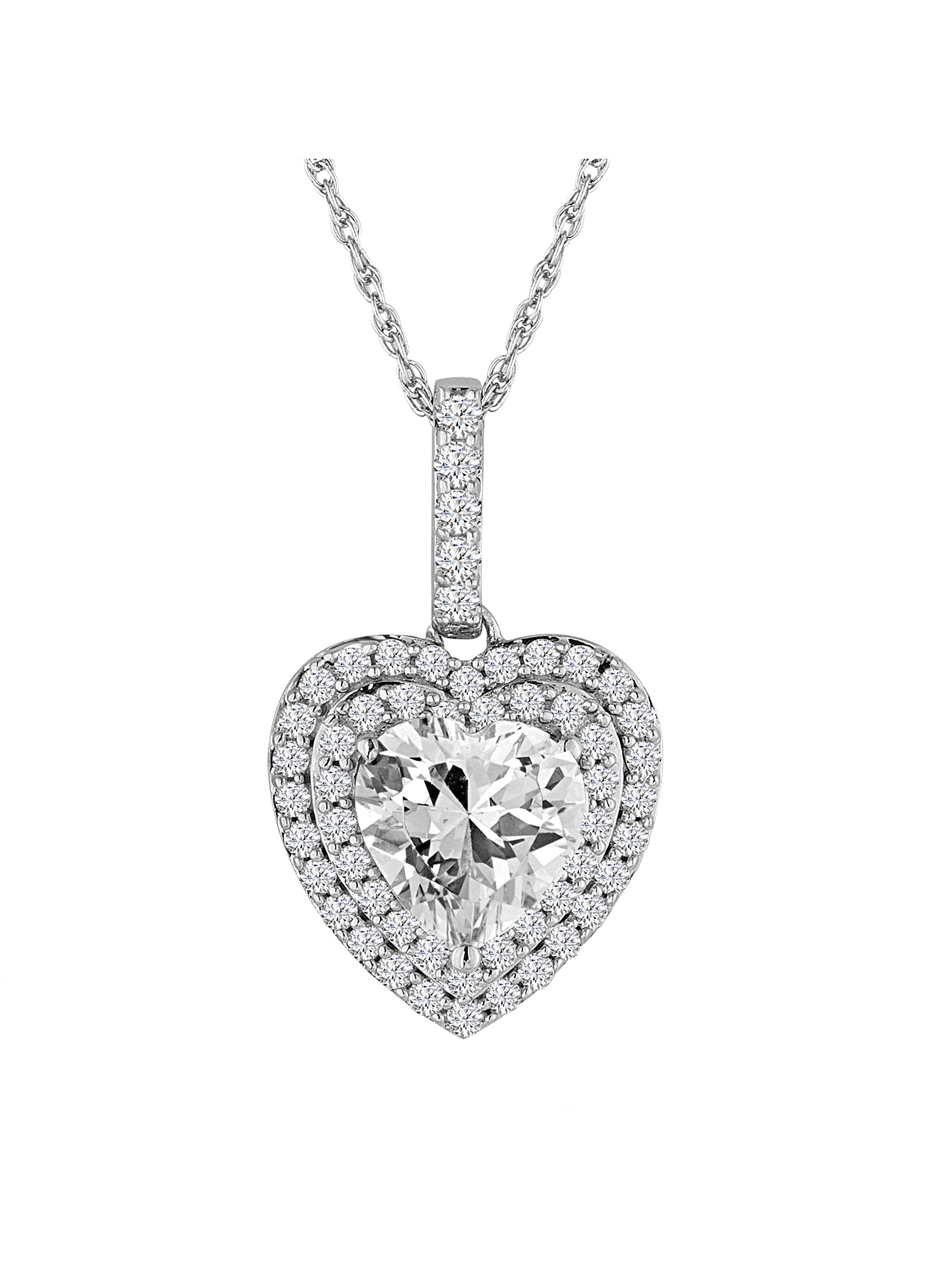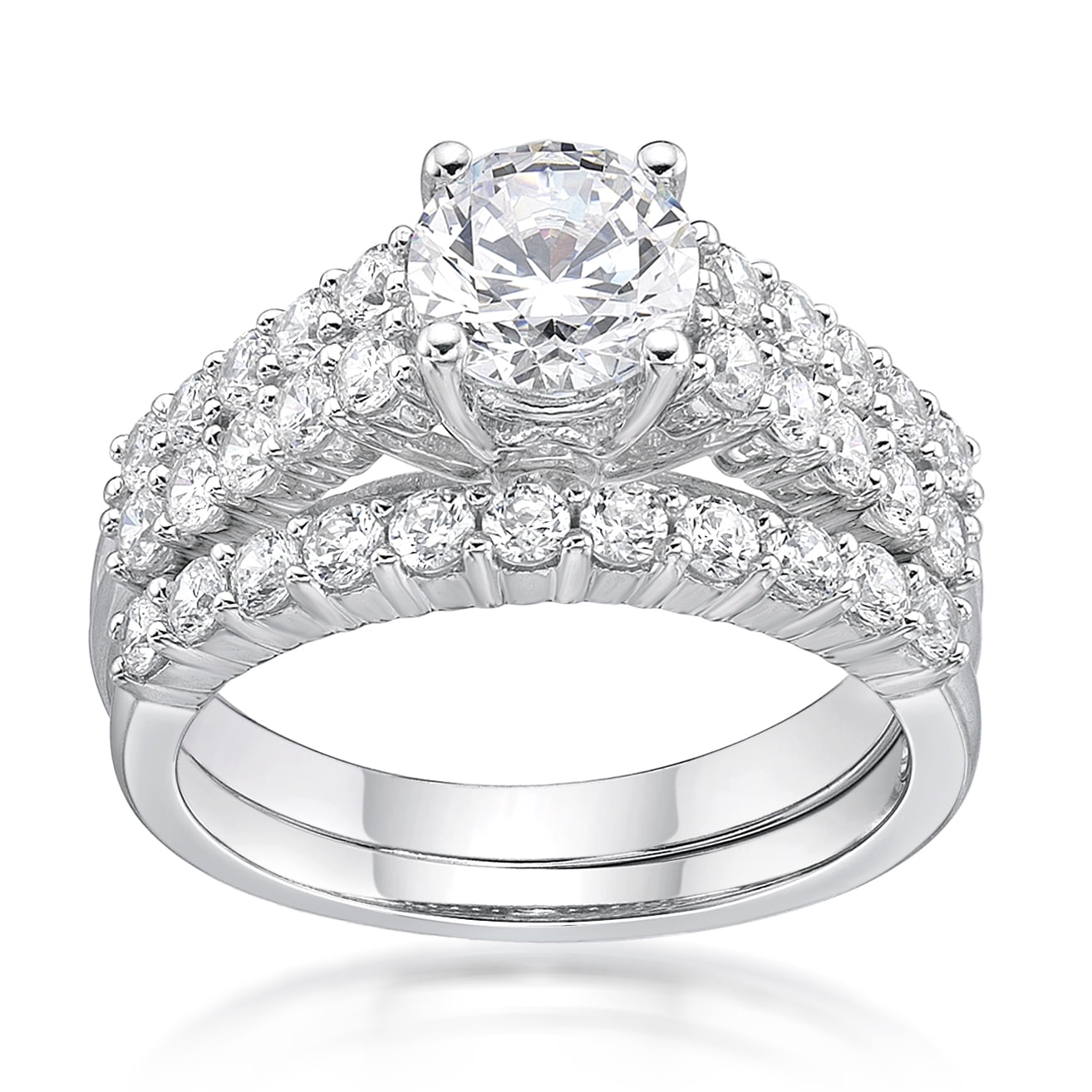

Regardless of which diamond growing technique was used, the produced diamonds are ready to be cut, polished, and mounted in jewelry. Extreme heat and pressure are used to melt the carbon and a rough diamond begins to form around the seed. The diamond seed is placed in a HPHT machine filled with pure carbon. High Pressure High Temperature: This technique, often shortened to HPHT, uses a diamond seed to form a diamond. As the molecules vaporize, they bind to the diamond seed and slowly build layers until a larger diamond is formed.Ģ. The natural diamond particles are placed in a CVD machine which fills with carbon gas and gets heated to extreme temperatures, making the carbon molecules break apart. Chemical Vapor Deposition: This technique, often shortened to CVD, uses natural diamond particles to build a diamond. How are lab created diamonds made? Lab created diamonds can be made two ways:ġ.

Synthetic diamonds come from a laboratory whereas the other was mined from the ground. The most significant difference between the two is their origin. Unless you are a trained gemologist with cutting edge technology, lab grown diamonds are virtually indistinguishable from naturally grown diamonds. Lab diamonds have the same physical, chemical, and visual properties as natural diamonds. These synthetic diamonds can be made in as little as two weeks (depending on carat size) and are just as real as their naturally formed counterparts. Unlike diamonds that formed over the course of millions of years deep within the earth under extreme conditions, lab created diamonds are made in a controlled environment. As genuine moissanite is incredibly rare, the moissanite diamond used in jewelry is man-made.

Moissan first thought that he found diamonds in the meteor site, but later realized that the stone was made of silicon carbide. Moissanite was first Discovered by Nobel Prize-winning French scientist Henri Moissan in the creator of a fallen meteor in 1893. Naturally grown cubic zirconia is rare and all cubic zirconia used in jewelry is man-made. Cubic Zirconia:Ĭommonly referred to as CZs, cubic zirconia is a synthetic gemstone made of the cubic crystalline form of zirconium dioxide, discovered in 1892. Popular diamond simulants are the following: cubic zirconia and moissanite. From how these stones form, to their resemble to naturally grown diamonds, and figuring out which type of diamond is perfect for you, our diamond experts have you covered.ĭiamond simulants, also known as imitation diamonds, are stones that look like real diamonds but have different physical properties. To simplify your search, we will guide you through the most popular types of diamond simulants and lab created diamonds. Moreover, even for novice gemologists, it’s hard to decipher between lab grown diamond rings and diamond simulants. The diamond industry is so vast and sometimes the lines can blur between real diamond rings and synthetic/lab diamond rings. There are countless types of diamonds on the market that can have you comparing stones for hours.


 0 kommentar(er)
0 kommentar(er)
